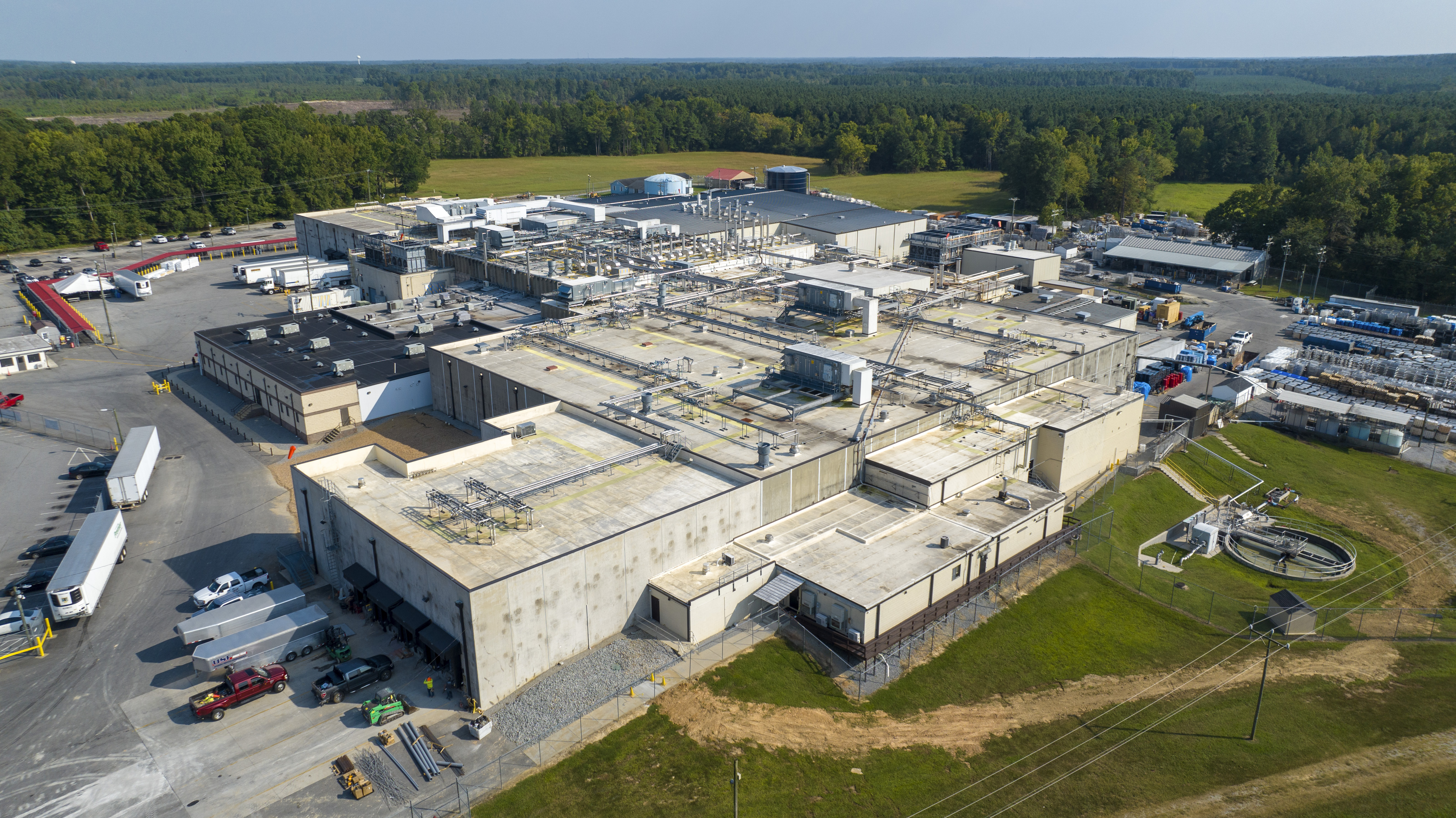NEWPORT NEWS, Va. (WAVY) — In Newport News and in Virginia Beach, when no one dials 911, police can rely on technology such as the ShotSpotter system, which alerts police to the sound and location of gunfire.
ShotSpotter has been around for decades but is relatively new in Virginia. It keys on vibration the same way scientists detect earthquakes. Two local police chiefs swear by it, but some cities have dropped it.
Newport News Police Chief Steve Drew would be the first to let you know that his city is on track for far fewer shootings this year compared with last year. But in just a 10-day span last month, the city’s ShotSpotter system got horribly busy.
A teen was killed at his bus stop Sept. 10. The very next day, a 22-year-old man was killed on 35th Street. Another teen was killed Sept. 17 on Gloucester Drive, and on Sept. 19, a man was badly wounded at 26th Street and Chestnut Avenue.
“All four of those incidents that you just brought up, … I will tell you, that was a rough 10, 12 days for us,” Drew said.
ShotSpotter was listening and had been activated on all four. Drew considers himself an early adopter when it comes to law enforcement technology and said Newport News was a leader with ShotSpotter in the Commonwealth.
While it doesn’t prevent crime, Drew said it goes a long way toward investigating it.
“ShotSpotter doesn’t come out and solve a case,” Drew said, “but it gives us a direction, a starting point, an avenue to go on.”
ShotSpotter can help police find not only the location of the crime, but often, the victim.
“We’ve found individuals that we’ve been able to get to very, very quickly, I believe, saved their lives because of ShotSpotter activation,” Drew said.
The system relies on triangulation, and not just the evidence of a single sensor. Drew said false positives are rare, and the ShotSpotter evidence is often used in court.
He did get some blowback at first.
“I have had one call from the ACLU,” he said, because people thought ShotSpotter could pickup conversations on the street, which it cannot.
“It’s not about Big Brother for me,” Drew said.
Virginia Beach just expanded its ShotSpotter network this year into parts of the Level Green and College Park communities.
Last Christmas Eve, it activated as part of a triple shooting on Riverbend Road. Chief Paul Neudigate was unavailable for an in-person interview, but has called the technology “a powerful tool in our efforts to combat gun violence and keep our neighborhoods safe.”
Drew and Neudigate were the first two, and remain the only two, to use ShotSpotter in the Commonwealth, and both say it’s highly accurate.
Not everyone agrees.
Chicago canceled its contract with parent company SoundThinking earlier this year. The mayor there called ShotSpotter racially biased and inaccurate. Charlotte also recently canceled its system, as well as New Orleans and San Antonio. Last fall, Seattle’s city council rejected it.
The company said as much as 80% of gunfire goes unreported for any of several reasons, including fear of retaliation, and ShotSpotter helps to fill that gap.
“The mayor [of Chicago] campaigned on canceling ShotSpotter despite the fact that the technology enjoys very broad support there from the chief of police, from elected alders, from the communities,” said Tom Chittum, SoundThinking vice president of forensic services. “And so the mayor followed through on promises that he made to a very small but vocal set of critics. The reality is, though, ShotSpotter played an important role in providing public safety support to the people of Chicago, and we stand ready to do so again when the technology is reinstituted.”
Chittum said ShotSpotter detects fireworks and car backfires, but “then we go through a number of steps to filter those non gunfire sounds out so that the sounds that we publish to our customers, to police are in fact gunfire using this layered approach to filtering.”
He stands by the performance of the system.
“We know from measuring our performance across millions of alerts and more than 170 customers that we maintain a very high accuracy rate,” he said, “in the high nineties.”
























































